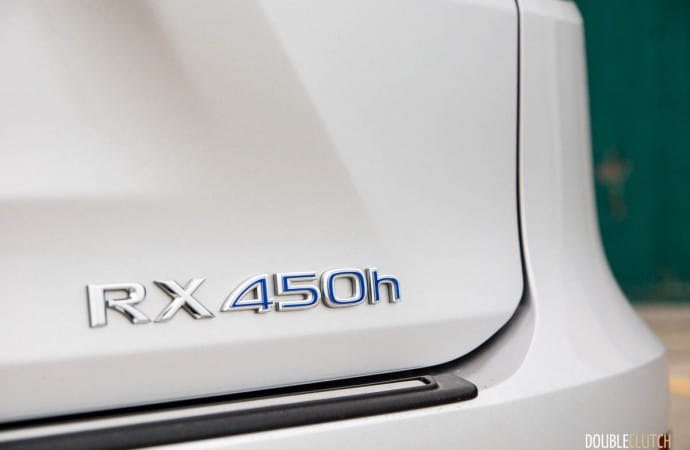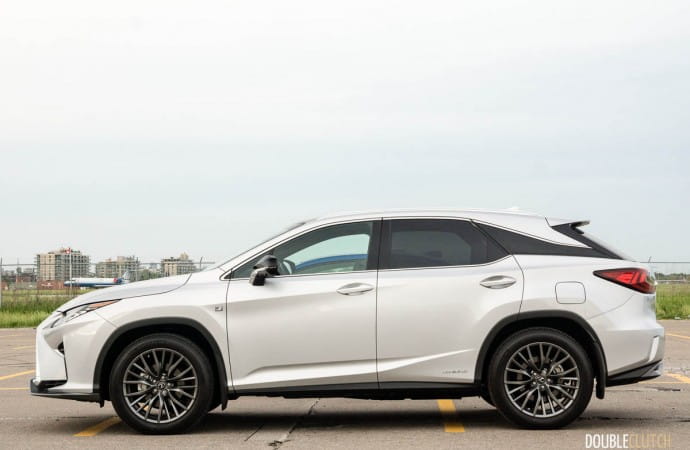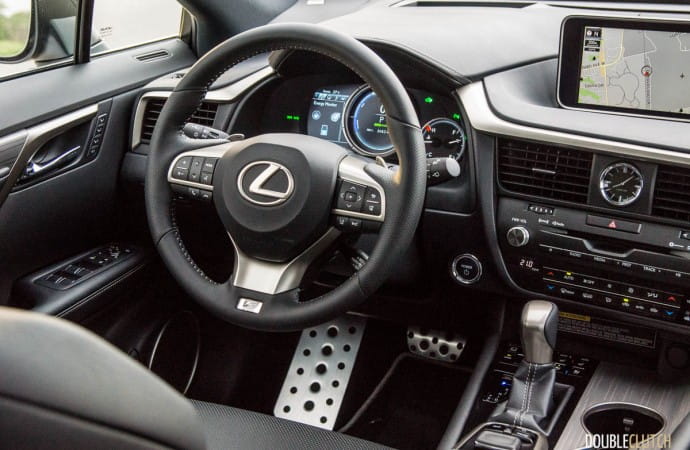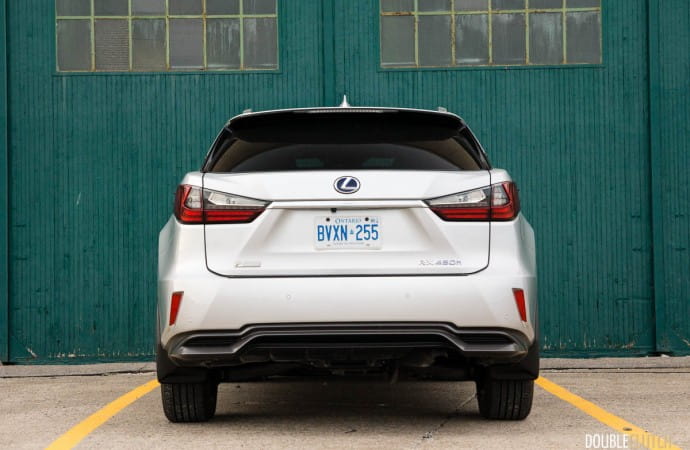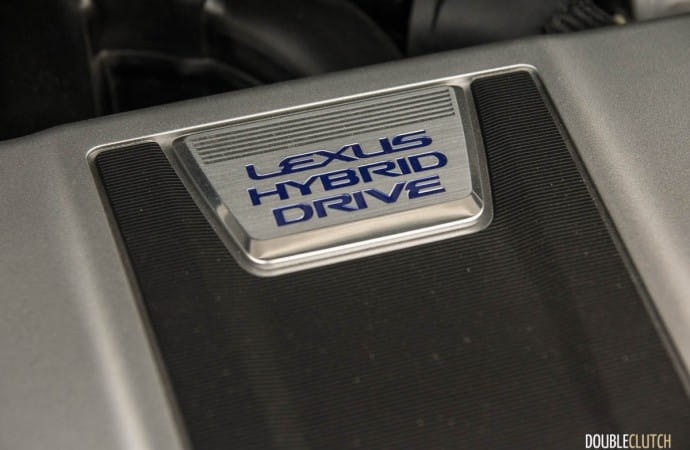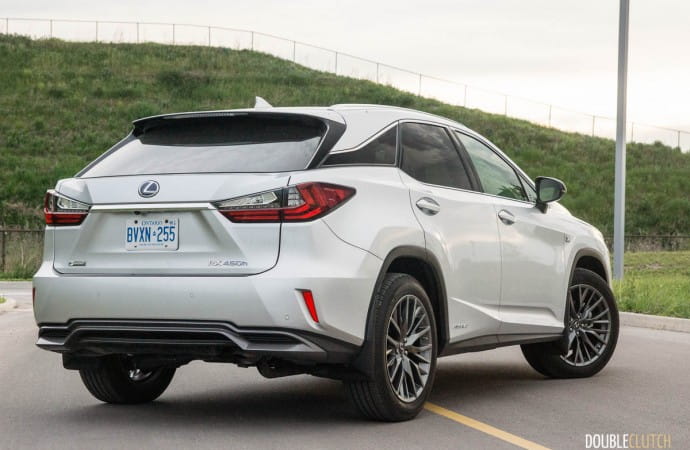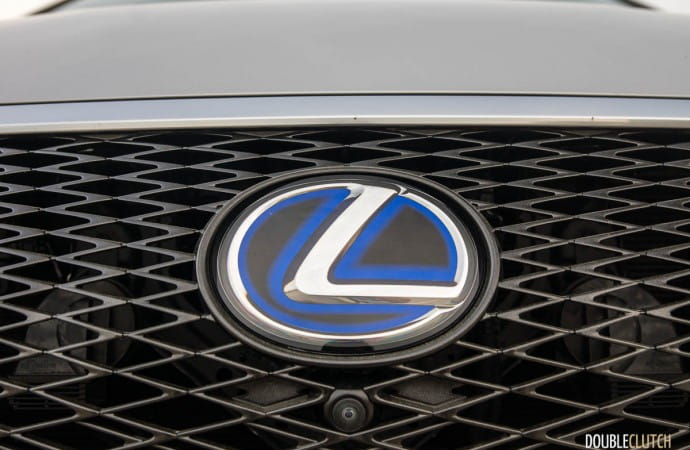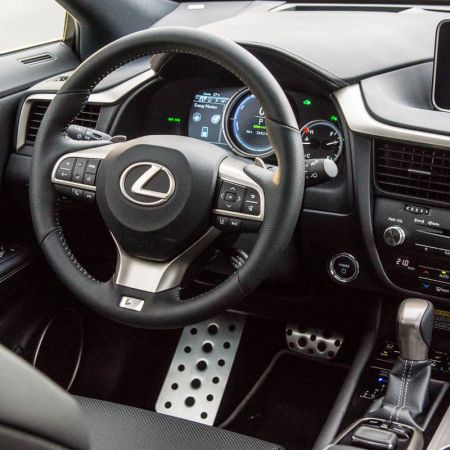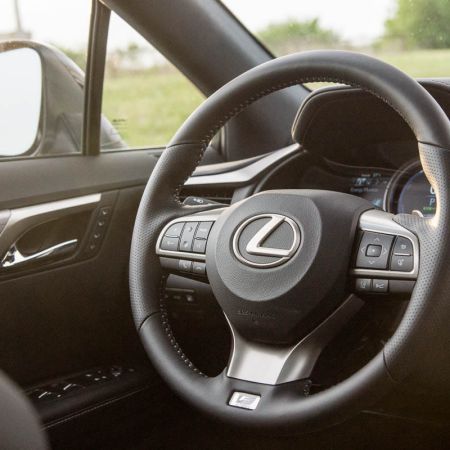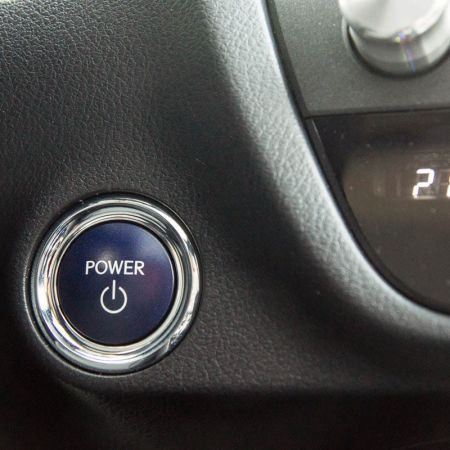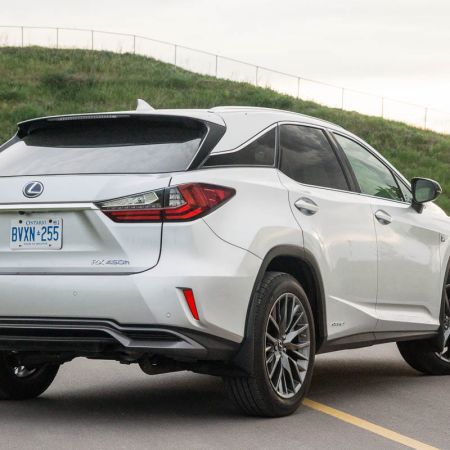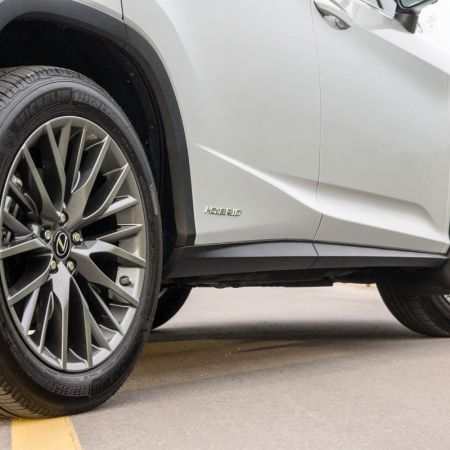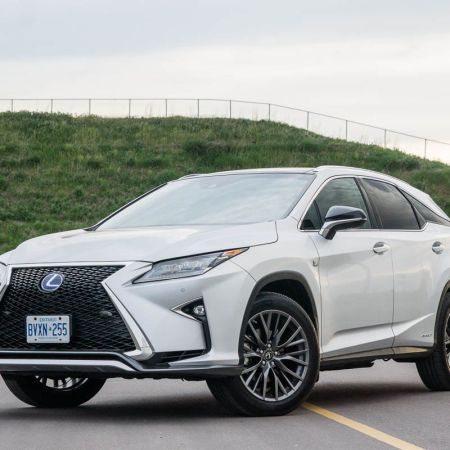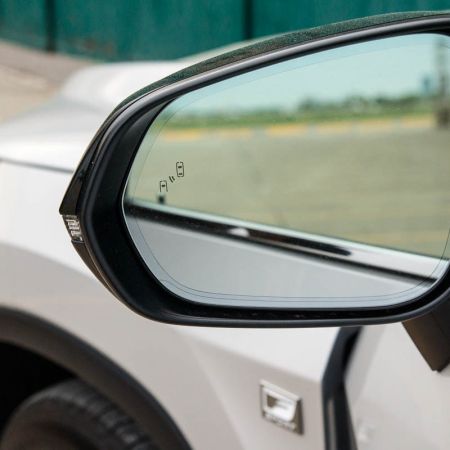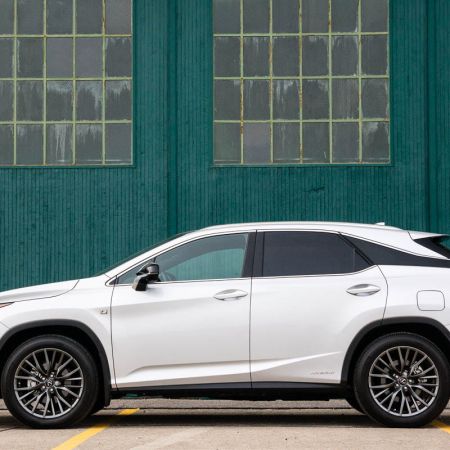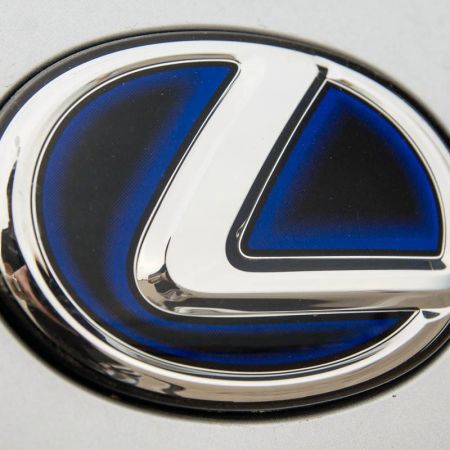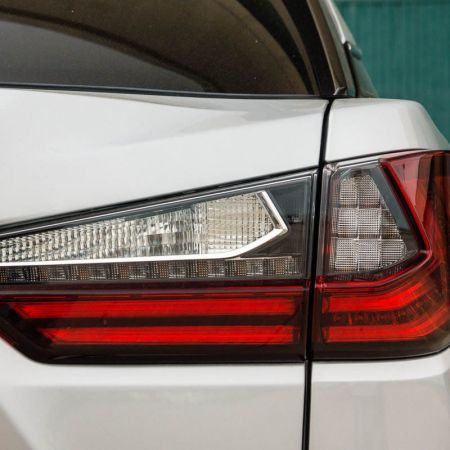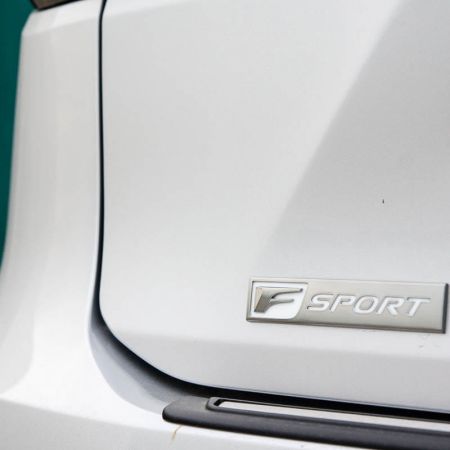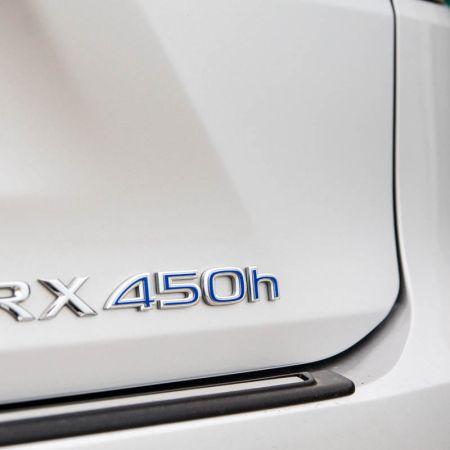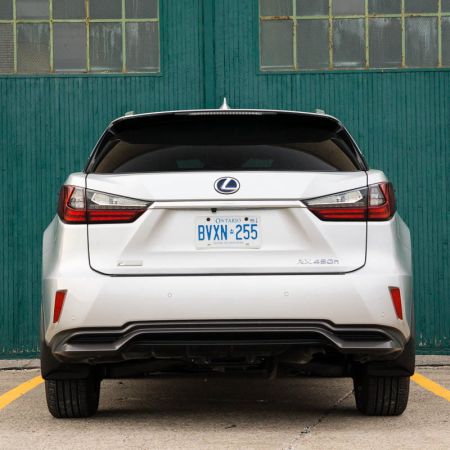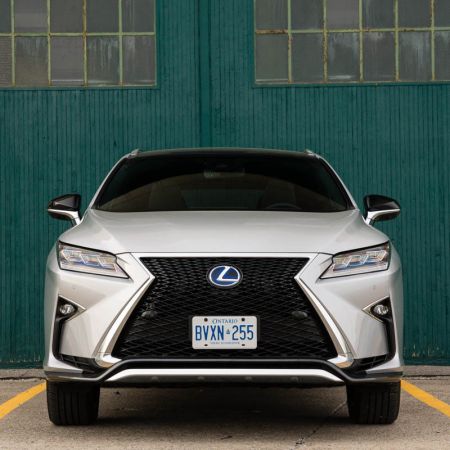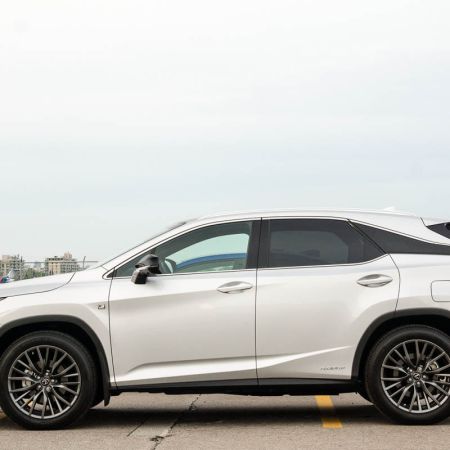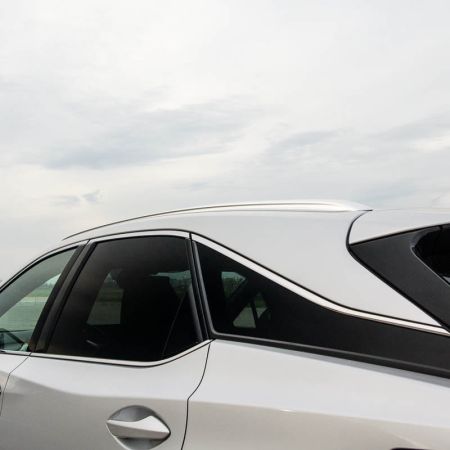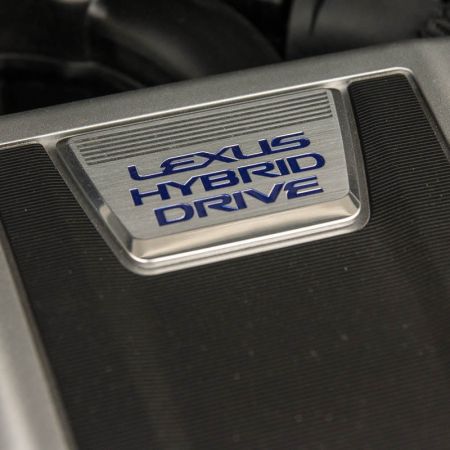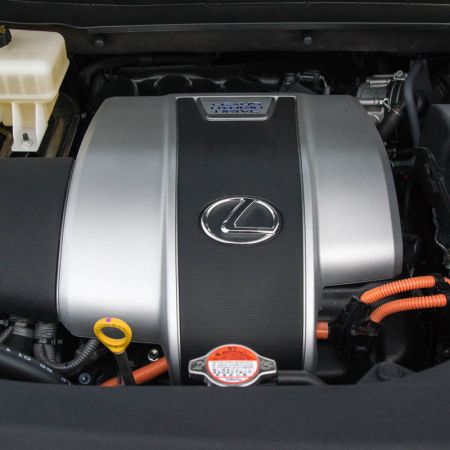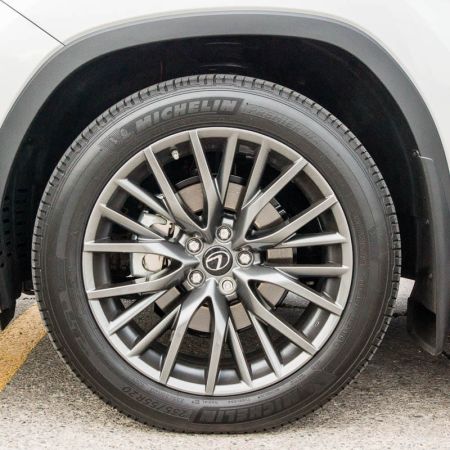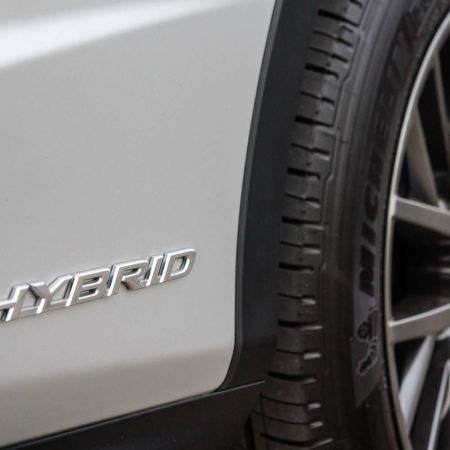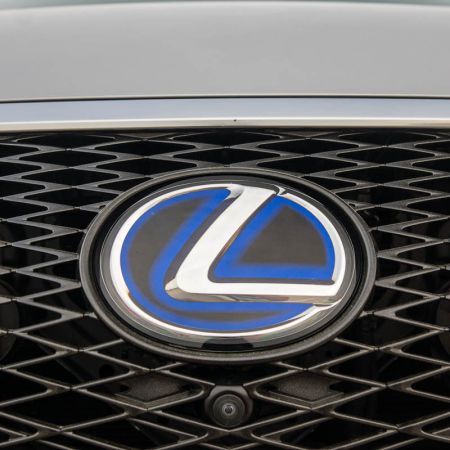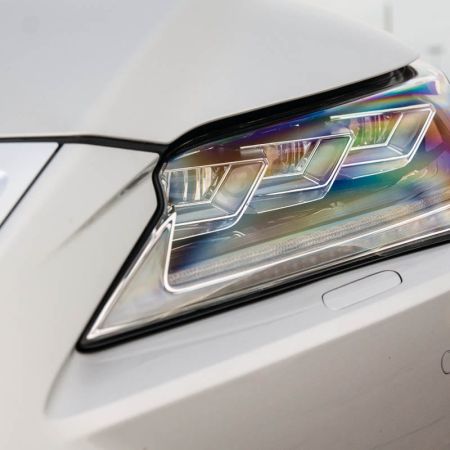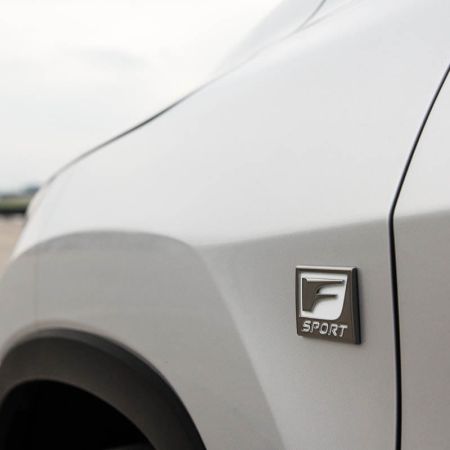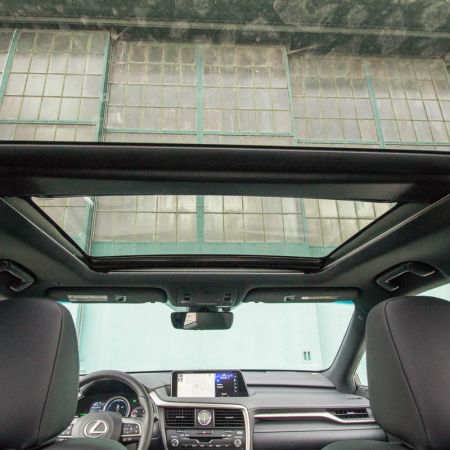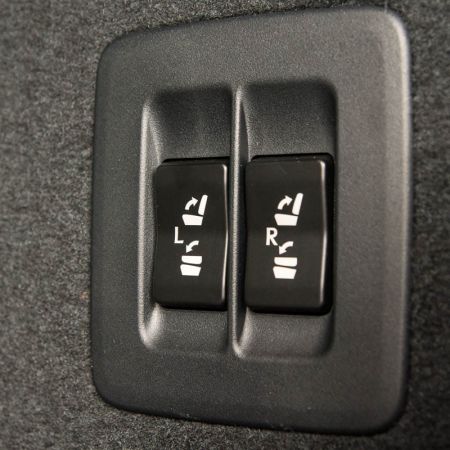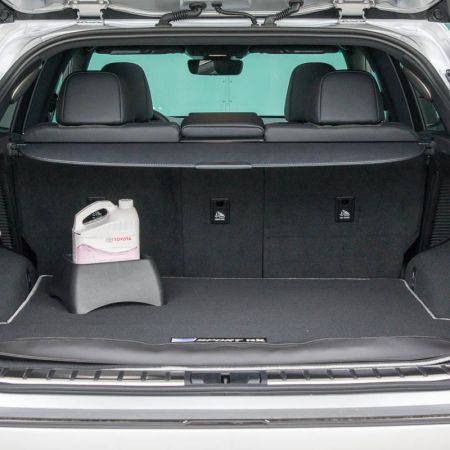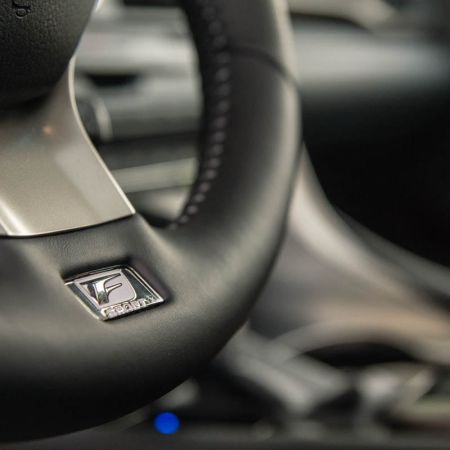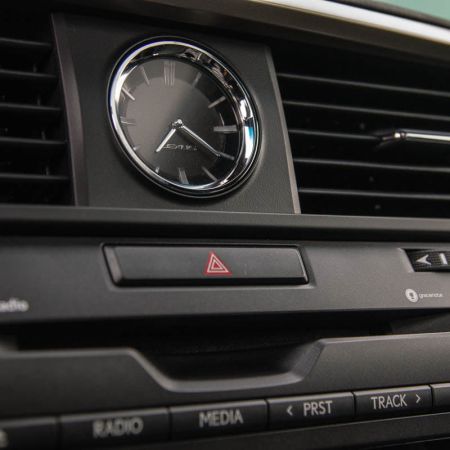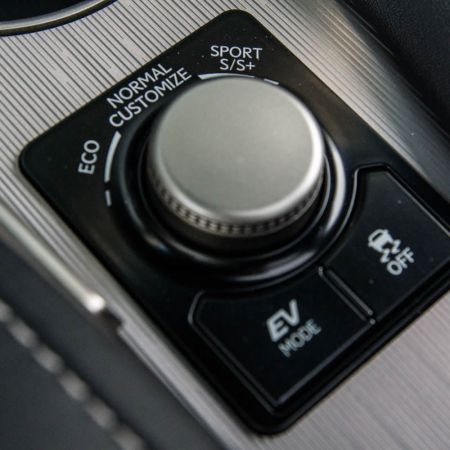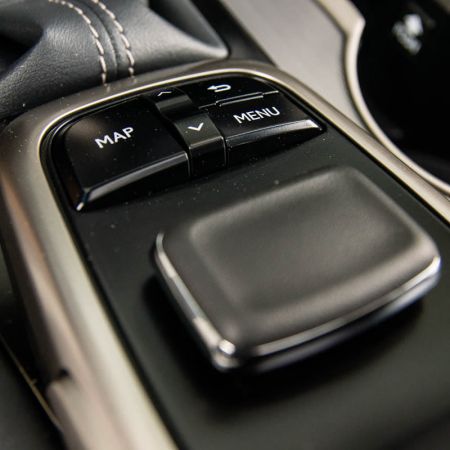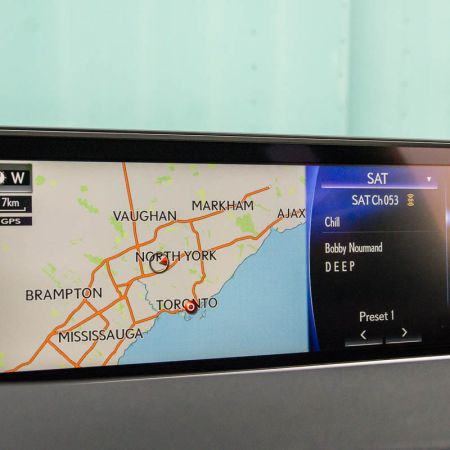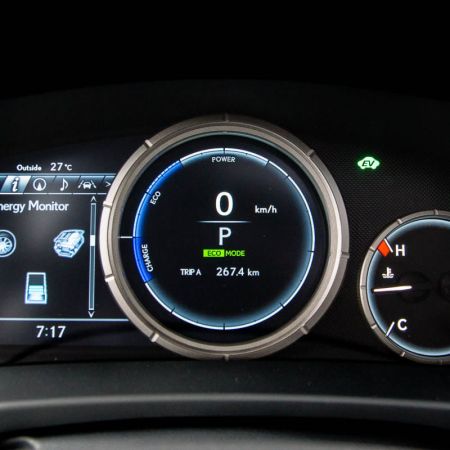When it comes to automobiles, what does heritage mean to you? Many storied brands from around the world like to tout their achievements to date, but it’s usually in the realm of motorsport: Formula One, the 24hrs of LeMans, and the World Rally Championship, just to name a few. Sports cars often draw on the engineering and technologies derived from motorsports, and it has proven to be a lucrative way to draw people into the brand.
The thing is, most people aren’t looking for sports cars. Just from taking a look around, it should be obvious that crossover utility vehicles are the major players nowadays. They’ve long replaced minivans as the family haulers of choice, and the highly profitable luxury crossover market that has spawned from it has us seeing an explosion of different models of all shapes and sizes, from around the world. This entire segment has just one vehicle to thank: the Lexus RX.
Market research undertaken by Toyota in the 1990s suggested that very few people actually took their SUVs off the beaten path, opting to stay on the manicured boulevards and highways. The idea behind the original Lexus RX was to provide a good mix between a luxury sedan and an SUV. It targeted what people wanted: a nod to on-road manners, all-wheel drive traction, and the higher seating position. As a result, sales of the first-generation Lexus RX 300 in North America took off, and competing automakers scrambled to come up with their own version of the formula. Follow-up versions of the RX sought to refine the experience, adding more space, more horsepower, and more technology inside and out. Now up to its fourth-generation, the new Lexus RX ups the ante in hopes of retaining its stranglehold on the market it started. I picked up the key to a 2016 Lexus RX 450h F-Sport with the F-Sport Series 3 package, painted in a shade of Silver Lining Metallic.
While the midsize luxury crossover segment seems to be made up of almost cookie-cutter solutions from various makes, the Lexus RX carries the brand’s design language well, in what is probably the best implementation yet. The big Lexus spindle grille returns, and is about as polarizing as ever. However, the big news has to be seen from the side profile. A new exercise in styling, the RX features what they call a “floating roof” design, brought to you by a blacked-out C-pillar. It’s nothing more than a piece of tinted glass laid over the C-pillar, but it works superbly well. To get the most contrast with the dark accents, opting for the F-Sport Ultra White is what I would do. Newer Nissans are following this trend as well, but the Murano uses more black plastic trim that doesn’t exhibit the same depth that the glass solution does on the RX.
The big spindle grille (Lexus’ largest implementation yet) and floating roof draw your attention away from what is a fairly sizeable vehicle. Now that the smaller NX shoulders the load at the bottom-end of their luxury crossover lineup, the RX is now free to get larger and chase a more premium customer. What’s new is the availability of the F-Sport package with the Hybrid – the previous-generation RX F-Sport could only be had with the standard gasoline engine. The only real indicators that you’re looking at the F-Sport Hybrid are the small badges on the rear doors and hatch, as well as the blue Lexus badges at the front and rear. It’s gotten bigger but it still firmly fits within the midsized luxury crossover field. The large 20-inch multi-spoke F-sport wheels look great, and feature 235-section rubber at all four corners.
Inside, the RX gets the latest interior design from Lexus, with a massive 12.3-inch LCD screen that dominates the centre stack. In usual Lexus fashion, the screen can be split, with one half displaying navigation information, and the second half customized to your needs, whether it is displaying media information, or climate control settings. When you climb into the driver’s seat, you’ll notice the surprisingly aggressive seat bolsters on the F-Sport models, chunky (heated) steering wheel, as well as the digital F-Sport instrument cluster and heads-up display. It’s not only a great place for the driver to be, but also for your other passengers, with ample room for five.
The second row features a power-folding function when you need to carry more cargo in the back on the flat load floor. Looking up, a panorama moonroof brightens up the interior, and visibility from the driver’s seat is better than expected – the interesting C-pillar design manages to retain a decent-sized rear-quarter glass area.
Like the exterior, the RX 450h only gives subtle hints as to its unique powertrain under the hood. Inside, the Drive Mode Select dial gains some buttons to better control the Hybrid system function, and the instrument cluster can be configured to display the hybrid engine’s status, or a tachometer if you select the one of the Sport drive modes. Added to the RX 450h is an EV button, which prioritizes engine-off electric-only propulsion up until the batteries run low or more acceleration is requested by the driver.
While the RX 450h keeps the Hybrid badging fairly subtle, there are some significant updates under the hood that improve overall efficiency. The workhorse 3.5L V6 is similar to the previous-generation RX Hybrid (reviewed here), but the updated engine (codename 2GR-FXS) gains the ability to run on the traditional Otto cycle, but also simulate the Atkinson combustion cycle, on-demand, under certain conditions. There’s the usual array of batteries and electric motors under the floor, mentioned earlier, to help assist the gasoline engine, at a rate dependant on what the driver requests. As a result, power is up slightly to 308 total system horsepower, with a torque rating of 247 lb-ft of torque at 4600RPM. The gasoline engine, combined with the electric propulsion and CVT automatic, make up the Hybrid Synergy Drive suite that continues to set the standard across the industry.
Using the standard heads-up display helps the driver to squeeze out the best possible efficiency from the powertrain, while keeping eyes on the road. The RX 450h is rated to do 7.7L/100km in the city, 8.2L/100km on the highway, and 8.0L/100km in a combined cycle, representing a sizeable improvement of about 25% over the gasoline-powered RX 350 (reviewed here), if you look at the combined ratings. Over the course of a week, I managed to end up with an indicated average of 8.0L/100km, just like the ratings would suggest. There’s one thing to keep in mind, however, this simply isn’t a vehicle you would want to hypermile in. All the luxury appointments add weight, and combined with the weight of the batteries, the RX 450h carries around an additional 150kg. Even with a well-trained foot on the accelerator, it’s quite easy to come out of the EV-only mode, prompting the gasoline engine to fire up.
The Lexus RX, now occupying a higher rung on the ladder, starts at a more appropriate price of $54,350 for the base RX 350 with the gasoline engine. The RX 450h starts at $68,950, and adding the F-Sport Series 3 package that my tester had, bumps the price to $76,200 as-tested. The RX 450h competes in a tighter market than even just a few years ago. Choices like the BMW X5 xDrive 40e (reviewed here) plays in the same price range, but offers the additional flexibility afforded by the plug-in charging capability. A four-cylinder engine lives under the hood, but it’s attached to an eight-speed automatic, rather than a CVT in the Lexus.
Consider those pros and cons to cancel each other out with the BMW. Audi’s Q5 Hybrid is similar, but offers a dated design, less space inside and out, and four-cylinder power once again. The Infiniti QX60 Hybrid is an often overlooked choice, but it offers three-row seating if that’s what you’re looking for. Even if you disregard the hybrid powertrain, the RX 450h competes in terms of price, with conventional gasoline-only, two-row luxury crossovers, like the BMW X5 xDrive 35i and the Mercedes-Benz GLE 450 AMG (reviewed here).
The Lexus RX 450h is somewhat of a unique player these days. The electrification of Toyota’s workhorse 3.5L V6 has given it more power and much-improved efficiency that is actually tangible at the pump. As always with hybrid electric vehicles, it’s best to do some quick math to see if the cost premium up-front is worth paying for, over the standard gasoline model. Subjectively, I’m not a huge fan of the BMW X5’s look, and the Mercedes-Benz GLE is long overdue for a complete overhaul, instead of the incremental updates we’ve been seeing in the past few years. The new Cadillac XT5 (reviewed here) is looking to be a very strong competitor, as is the Lincoln MKX, but neither offer the option of a hybrid electric powertrain.
There’s a reason why Lexus is so highly regarded in just about every segment they play in. Who knew that a niche vehicle like the original RX 300 would go on to define today’s biggest market? Lexus is one of the best in the business when it comes to refinement and attention to detail; combined with the versatility and family-friendly package that is the RX, makes it especially attractive in my books. The focus on functional design has led to a polarizing look (which I happen to like a lot), but the RX gives prospective customers and their families a big dose of style, practicality, and truly impressive efficiency.
2016 Lexus RX 450h F-Sport Gallery
See Also:
2016 Volvo XC90 T6 Inscription

